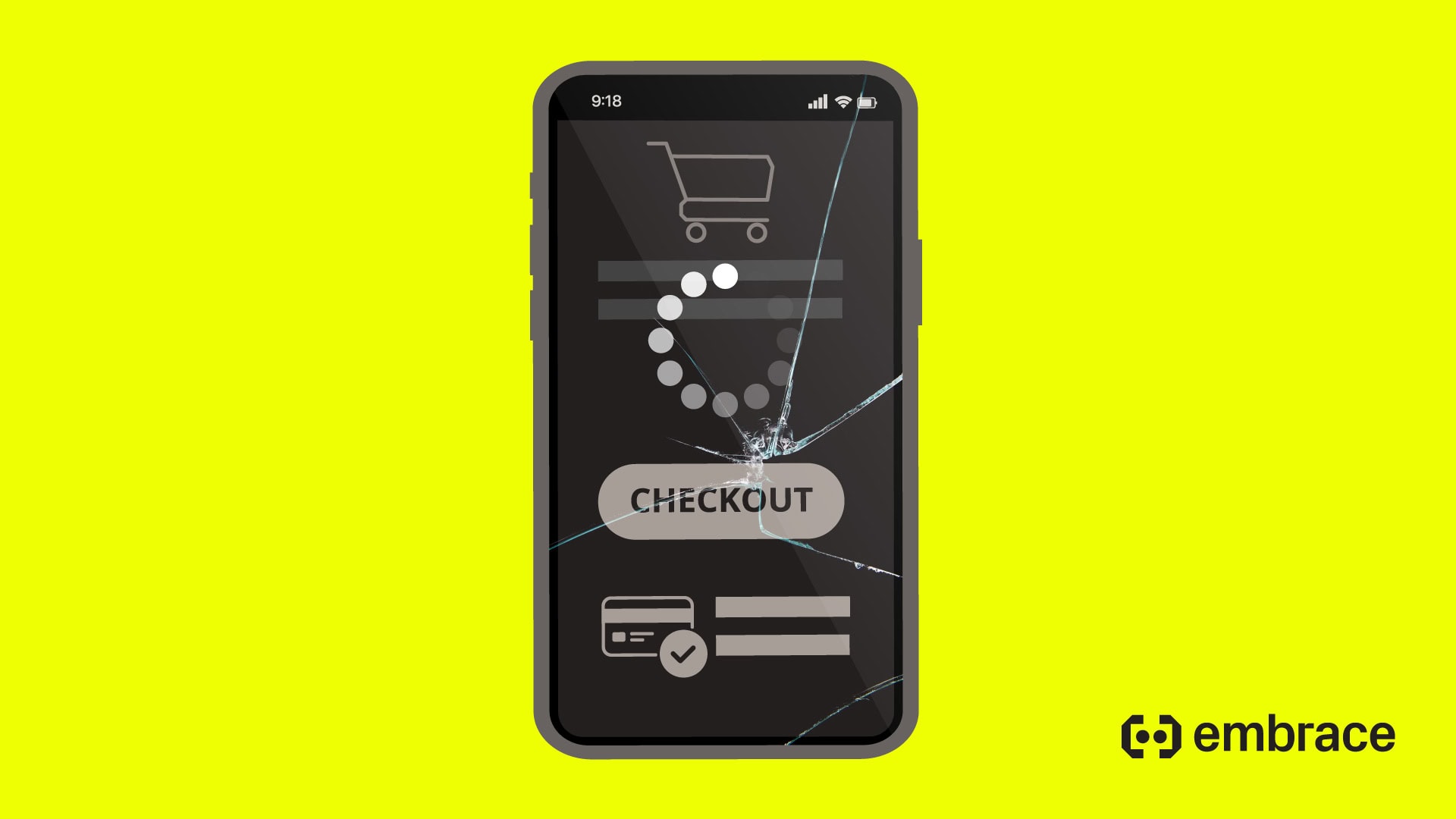
There are few brands as globally recognizable as adidas and their three ascending lines. However, of the brand’s massive portfolio, footwear is likely the most recognizable.
So when adidas decided it was time to grow into the mobile space, a running app seemed like the perfect fit.
Indeed, from a brand perspective, adidas Runtastic is a match made in heaven. But as adidas soon discovered, fitness apps are easy to imagine but difficult to perfect. Given how they collect and synchronize data across devices and wearables, have to accommodate a variety of user inputs, and are often used in the background as much as they are in the foreground, fitness apps are incredibly complex.
What the adidas Runtastic engineers quickly discovered was that, without the proper tooling, it can be incredibly difficult to maintain a two-week release cycle given the challenges of optimizing a fitness app.
“I have to admit, one of the reasons we switched from New Relic to Embrace is because Embrace allows us to be proactive,” said Paul Weichhart, Lead iOS Engineer for adidas Runtastic. “With New Relic we end up waiting for a crash to happen, then set breadcrumbs in the next release to investigate. With Embrace, not only can we see crashes earlier, but the data is straightforward enough where we can see what the user was doing in the lead up to the crash. It’s improved our time to fix issues.”
As the leading platform for Mobile Experience Engineering, Embrace helps engineers manage the complexity of mobile by providing the full technical and behavioral details for 100% of user experiences. This means important data is never sampled out of view, and adidas Runtastic always has the information they need to quickly get to the root cause of issues.
Learn more about how adidas maintains release velocity and deploys fixes twice as fast with Embrace, by reading their case study here.



